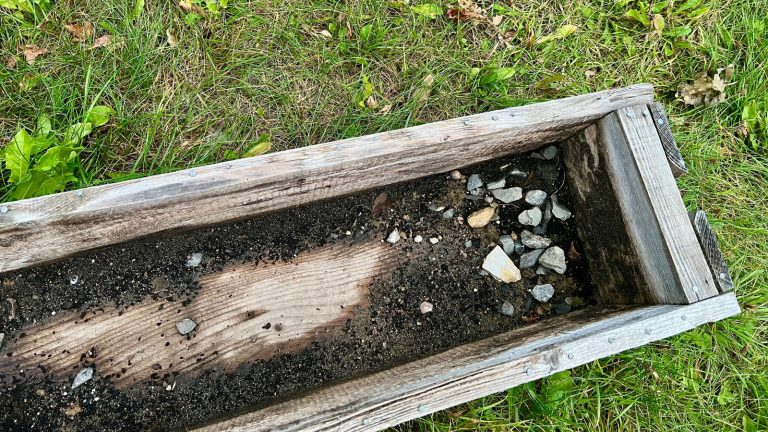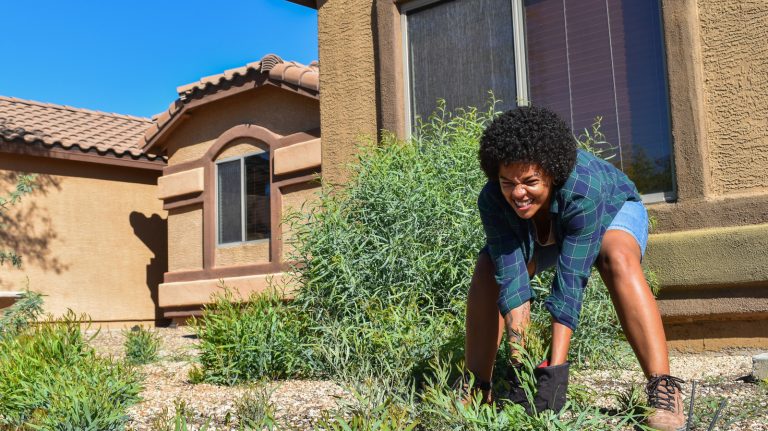
Combining the words sharp, sand, and garden may seem unusual but sharp sand can be beneficial for your garden under the right circumstances. Unlike soft beach sand, sharp sand has large, angular grains that improve soil drainage and aeration. This type of sand, also known as grit sand, is particularly helpful for waterlogged gardens as it allows excess water to drain away, reducing the risk of root rot. The coarse texture of sharp sand creates air pockets in dense soil, providing roots with space to breathe and preventing soil compaction. This improved airflow helps plants grow stronger roots and access nutrients more easily.
Sharp sand can also be used to loosen heavy clay soil by breaking up dense clumps and making it easier for plants to establish strong roots. Mixing sharp sand with soil or compost in a 1:1 ratio can help improve heavy clay soil, especially in raised beds. However, incorporating organic matter with the sand is essential to avoid the need for excessive sand in the entire garden.
Practical ways to use sharp sand in gardening
One practical way to use sharp sand in gardening is by creating free-draining potting mixes for plants that do not thrive in water-saturated soil, such as alpines. Mixing sand with compost in a planter with drainage holes can provide an ideal soil environment for herbs and succulents to grow. This combination of sand and compost improves drainage, preventing fungal diseases like damping-off and creating a suitable environment for sowing seeds and propagating cuttings.
It is important to avoid using sharp sand with lime residues or adding it in excess without compost, as this can lead to soil pH issues and poor moisture retention in the soil.
Other types of sand that help with soil drainage and aeration
Horticultural sand, often confused with sharp sand, consists of large and small particles and is cleaned to remove harmful substances, making it suitable for gardening. Builder’s sand, commonly used in construction, can be a cost-effective substitute for sharp sand in gardening but fine builder’s sand should be avoided as it can lead to soil compaction. Vermiculite and perlite are not sand types but minerals that can aid in soil aeration and water retention, respectively.






